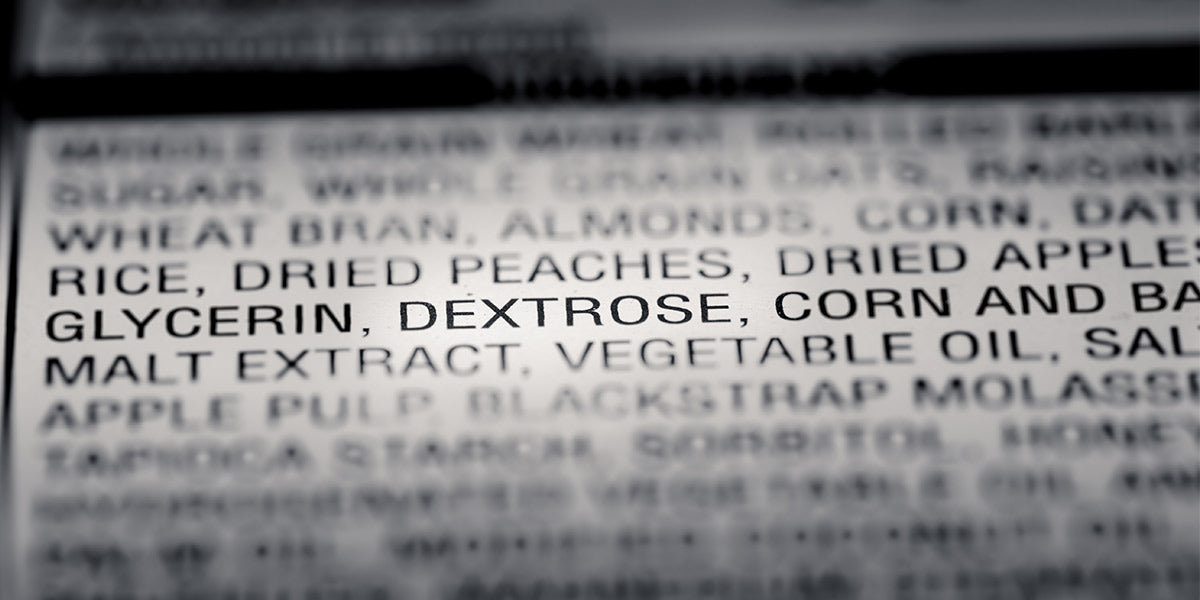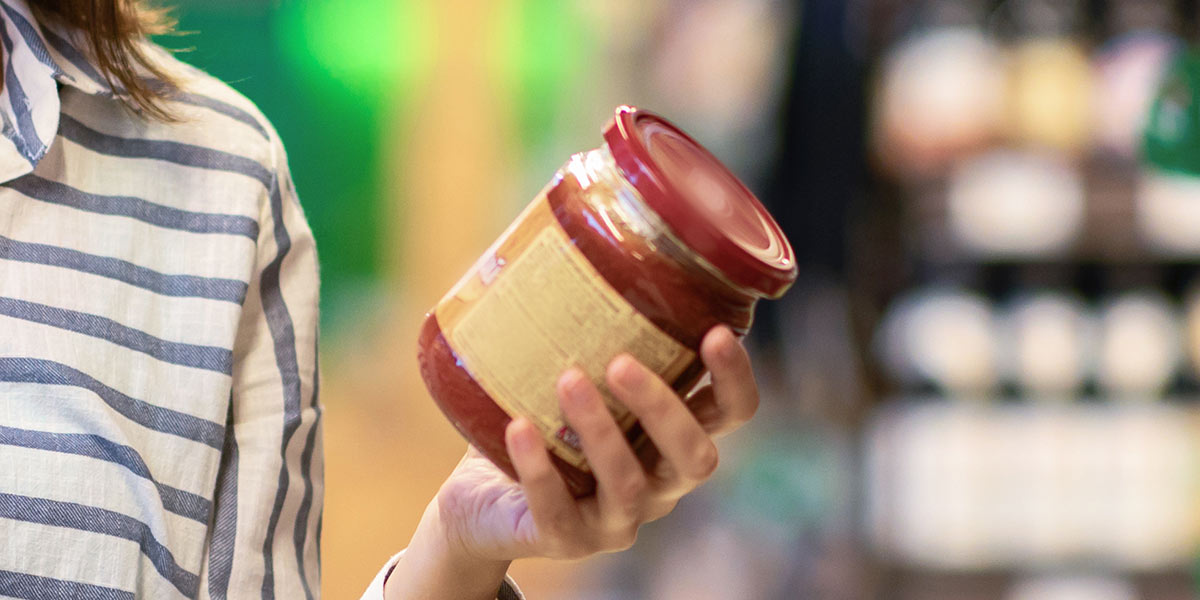When you read the label of a food product or supplement, what do its components mean to you? The ingredients list, nutrition information table, and list of additives are all meant to reflect the product’s true nature and help you, as a consumer, understand its health impacts before adding it to your cart.
In practice, though, these very food labels can often mislead consumers into buying products that aren’t necessarily as healthy as you’d think. For example, a product can be allowed to use a “sugar-free” claim if it contains zero added sugar - but it may, still, contain hidden sugars such as dextrose, high-fructose corn syrup, cane syrup, molasses, etc [1].

This may sound alarming, but the point of this article isn’t to stir up fear; it’s to help you read and understand how reading the label of a product can help you make an informed decision.
Let’s dive right in.
The Nutrition Facts of a Label
This section can be a reliable tool when you know how to read it. Here is a step-by-step guide to help you do this [2]:

-
The ‘Serving Size’
This only serves as a gauge of the product's nutritional values if a person chooses to consume that quantity. It is not meant to be a recommendation of the amount we should consume.
-
Calories
As you might have guessed, this refers to the total number of calories (or ‘energy’) supplied by all sources (carbohydrate, fat, protein, and alcohol) in a serving of the food. As a general guideline [3, 4]:
- 40 calories per 100 g for solid foods: can be considered ‘low-calorie’
- 20 calories per 100 ml for liquid: can be considered ‘low-calorie’
- 4 kcal per 100 ml (or below) for liquids: meets a ‘calorie-free’ claim
- 100 calories: can be considered ‘moderate’
- 400 calories or more: can be considered ‘high-calorie’
That said, calories, alone, don’t necessarily indicate how healthy a food is. The calories in a product should be backed by plenty of nutrients, and a minimal content of added sugars, refined grains and trans fats.
-
The nutrients
Here we see the product’s key nutrients that would impact our health. Here’s how to gauge this section [3]:
- The more dietary fibre, the better (especially if a product contains 3 or more grams of fibre per 100 grams)
- The opposite holds true for sugar, sodium, and trans-fat. The lower they are, the better.
- Select foods that contain higher amounts of the nutrients you want, especially nutrients such as protein, fibre, vitamins (especially B-12, D, A, and E), and minerals (iron, zinc, calcium, and magnesium).
-
The Percent Daily Value (%DV or %RDA)
This depicts the percentage of each nutrient in a single serving, and how it would compare to the recommended intake of that nutrient within a given day.
If you want to consume less of a nutrient (such as saturated fats or sodium), choose foods with a lower % DV (5% or less). If you want to consume more of a nutrient (such as fiber), choose foods with a higher % DV (20% or more) [4].
The Ingredients List

This section, which can be found below the nutrition facts table, shows each ingredient in order of its weight within the product; the ingredient that weighs the most in the product is listed first, and the ingredient that weighs the least is listed last. Here a couple of things to keep in mind [5]:
-
The first 3-4 ingredients on the list pretty much sum up what the product is made up of.
If you’re buying a product because of some ingredients it claims to have, make sure they’re one of the first few words mentioned in the ingredients list. It’s also a good idea to avoid a product when the ingredient list begins with words like ‘refined grains/flour’, ‘hydrogenated fat’, or a refined/processed variety of sugar, since it’s fair to assume that these not-so-healthy ingredients largely make up the product’s contents.
-
Longer ingredient lists could mean a higher number of food additives.
A product having many ingredients -- such as maltodextrin, xanthan gum, thickener, acidity regulator, anti-caking agents, emulsifier, sweeteners or a lot of E and INS numbers -- indicates that it’s highly processed. The additives used here don’t provide any nutritional value, but are generally added to increase a product’s shelf life, change its consistency or to add flavor or color [6]. Although eating small amounts of these are considered harmless, the problem arises when they’re consumed in excess [7]. Frequently eating processed foods has been associated with side effects like headaches, reduced energy, poorer mental focus, and even compromised immunity [8].
Now that you’ve gotten an understanding of the components of a label, using it to fact-check a product’s health claims becomes much easier! We’ve broken this down in an article that you can read right here!
We hope this helped you understand what the label of a food-based product means, and will make it easier for you to understand how to select a genuinely healthy product!
Feel free to drop a comment if you would like any other information or more details - we’d love to hear from you :)



